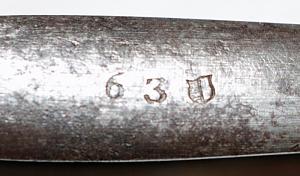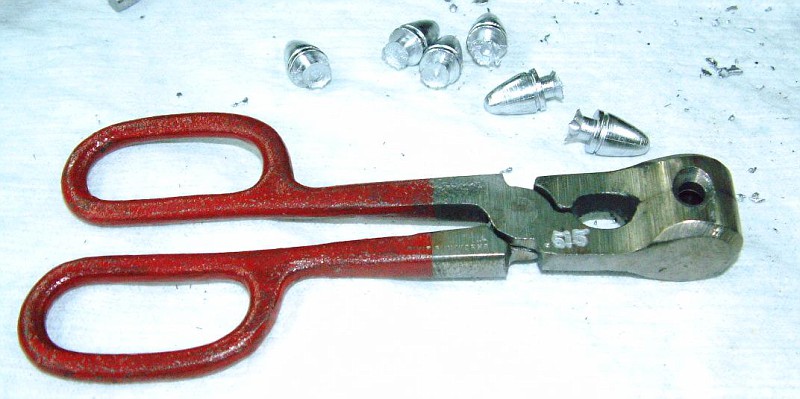I am trying to identify a steel pliers type conical bullet mold (see attached). The diameter comes in right at 0.60 and the slug is 450 grains.
The part that throws me is the shape of the mold blocks. I've not seen this before. And, the manufacture quality is very good, better than most of the molds I see from the time just around the CW. The only mark is "63" with a shield that is reminiscent of the red white and blue American imagery popular in the post-CW era.
Any help is appreciated.


|
   
   
|


|




 Reply With Quote
Reply With Quote










